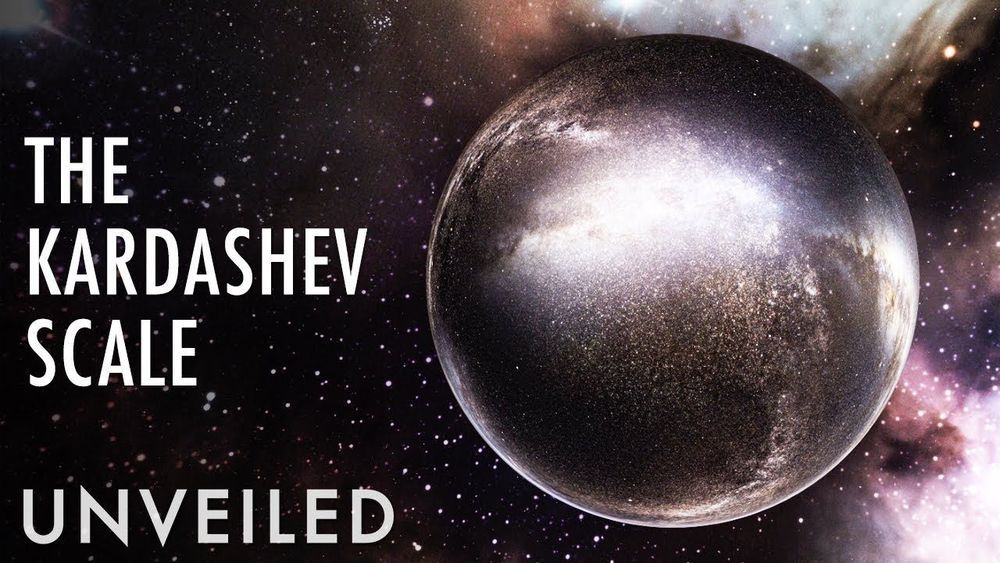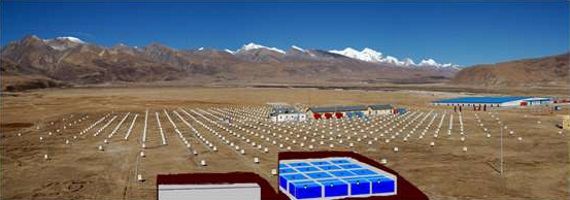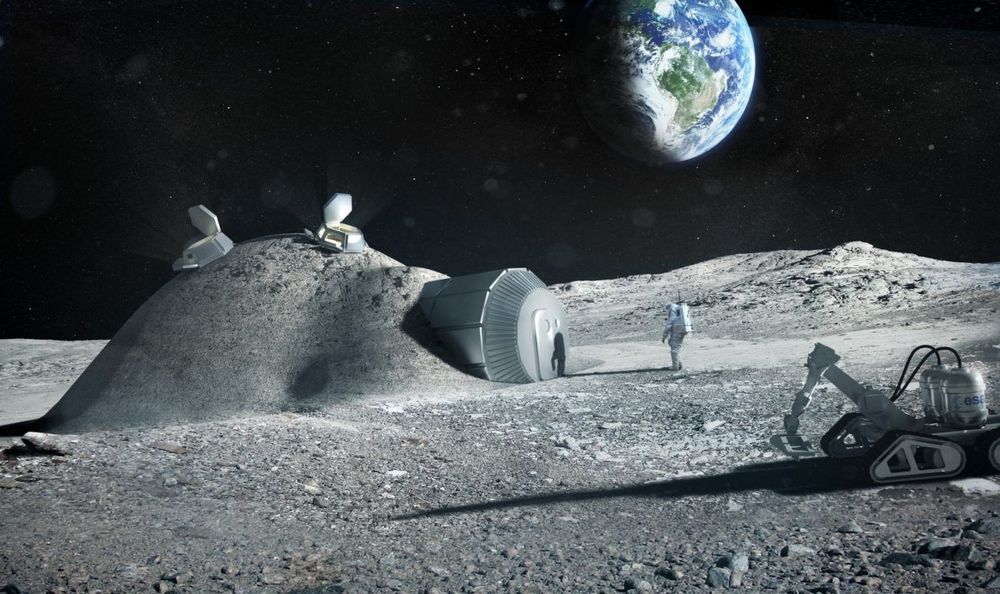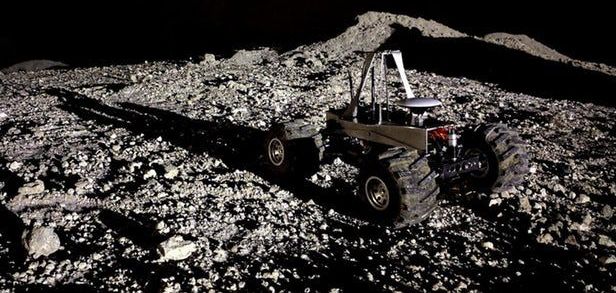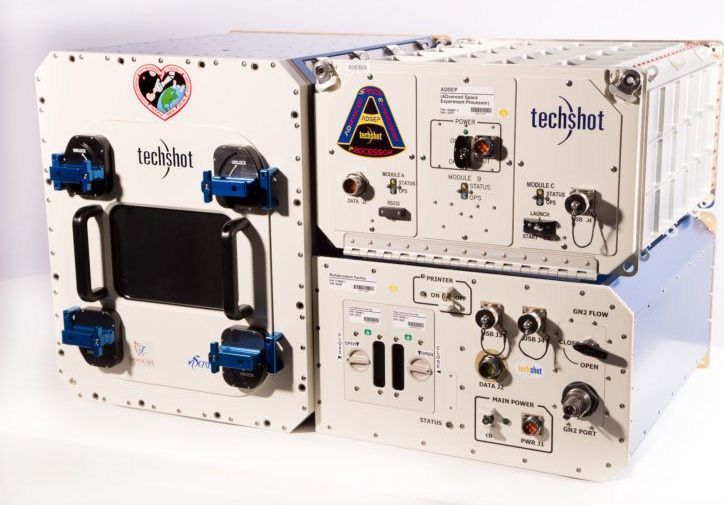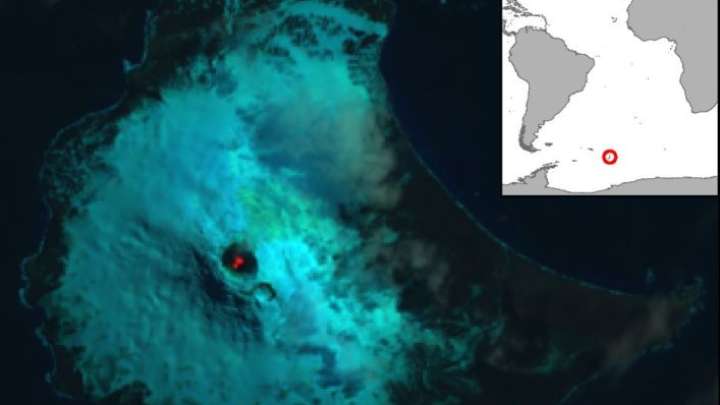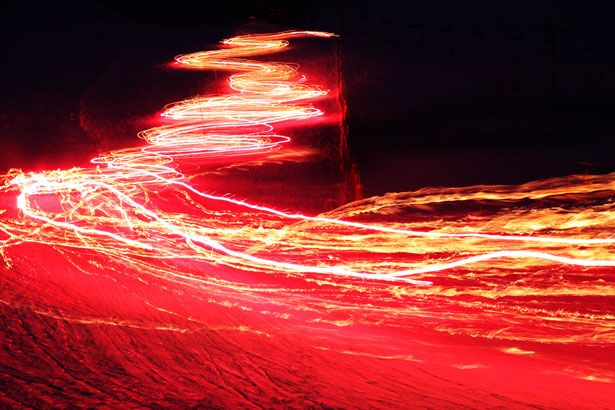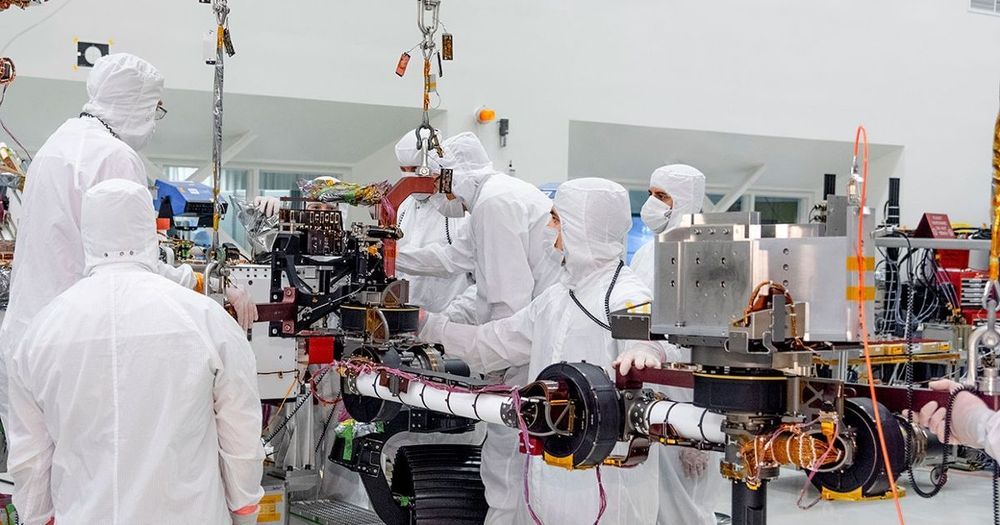According to the Kardashev Scale, a Type III Civilization should be able to harness the power of an entire galaxy… Humanity isn’t quite there yet, but what will our lives be like if we ever do become an advanced, Type III, intergalactic species? In this video, Unveiled looks far into the future, to see how far humankind could possibly go as we continue to explore and understand the universe around us…
This is Unveiled, giving you incredible answers to extraordinary questions!
Find more amazing videos for your curiosity here:
What If There’s A Mirror Universe — https://www.youtube.com/watch?v=dvs-H5vU3NY
What If Andromeda Collides With the Milky Way? — https://www.youtube.com/watch?v=X5-fSADihd4
Are you constantly curious? Are you a fiend for facts? Then subscribe for more from Unveiled ► https://goo.gl/GmtyPv
#KardashevScale #Civilization #Advanced #Future #Futuristic
